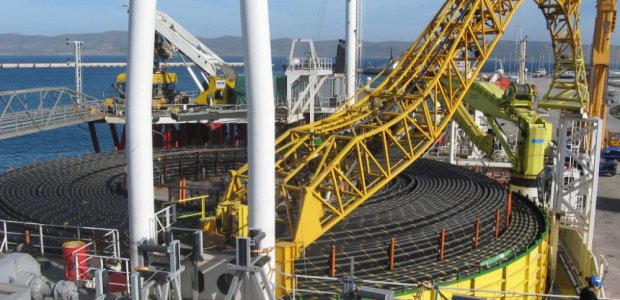The recently appointed new administration at IPTO, the power grid operator, has decided to make revisions to stage one of Crete’s interconnection with the mainland in order to reduce the project’s environmental impact following protests by a small percentage of locals at the Malea peninsula in the Lakonia area, southeast Peloponnese.
After taking into consideration the concerns and views of Malea residents and examining alternatives, the new IPTO board, appointed in late June, has decided to reduce the interconnection’s overhead length in the Malea area by 3.7 kilometers to 23.8 kilometers and replace this section with a 4.5-kilometer underground segment. As a result, the total length of the interconnection’s underground section in Malea will increase to 14 kilometers. The revised plan also removes one pylon from the interconnection project.
These revisions are seen as a compromise. Opting to develop the project entirely underground at its Malea end, as the area’s locals have requested, would delay the project by at least two years. At present, the interconnection is scheduled to begin operating within 2020.
The schedule needs to remain on track in order to prevent electricity insufficiency issues on Crete. Certain older high-cost fuel and mazut-fired power stations on the island will need to cease operating by 2020 to comply with new EU emission regulations.
As for Crete’s bigger, stage two interconnection with the mainland, IPTO chief executive Manos Manousakis, speaking at an IENE (Institute of Energy for Southeast Europe) conference yesterday, noted it could be developed sooner that 2023, as is currently scheduled, if associated with the Euroasia Interconnector, an ambitious project to link the Greek, Cypriot and Israeli grids.





